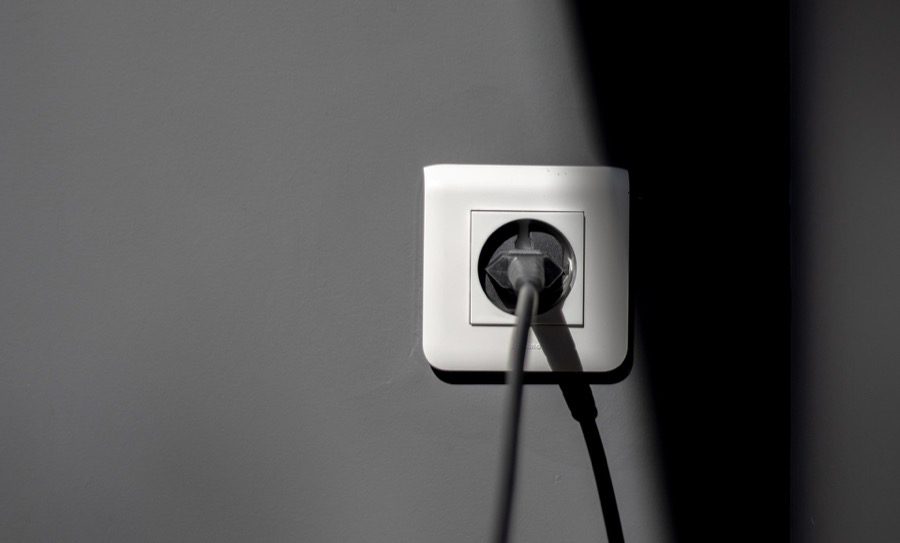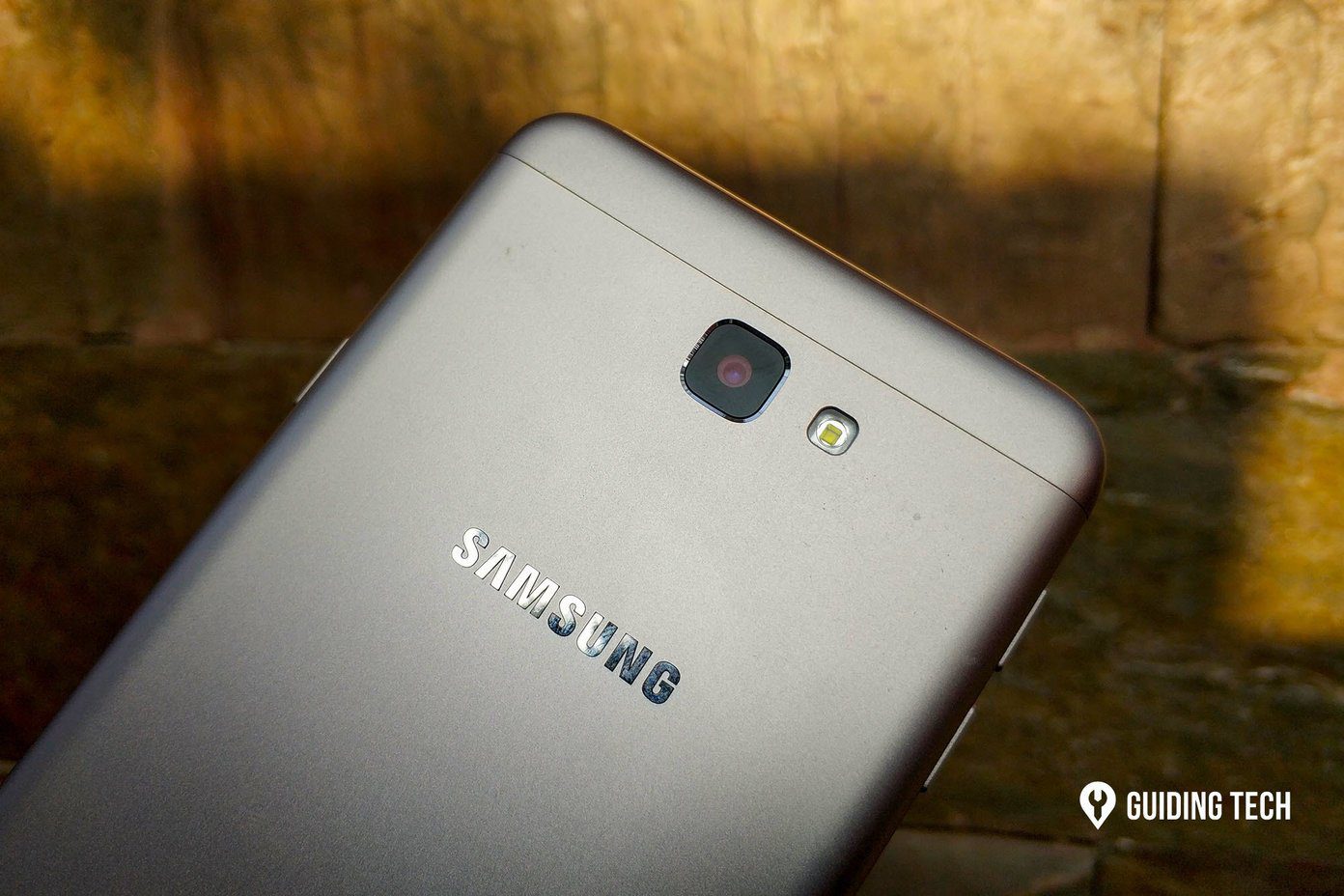Smart home gadgets and appliances include light bulbs, home monitoring systems, locks, motion sensors and more. They tend to work with your smartphone and can automate and integrate all together to make your home life easy and effortless. As 2016 comes to an end, the trend of smart homes is only just beginning. I started my smart home earlier this year with my first purchase: Philips Hue lights. I contemplated for a while because they’re pricey, but have no regrets. If you’ve been considering spending the money on gadgets to connect and automate your home, here are three important reasons to hop on the bandwagon in 2017.
Integration With Apps Unlocks Amazing Potential
Smart home gadgets and appliances tend to be far more than what meets the eye. Take Philips Hue for example. You might think that these are just some light bulbs that you can control from your iPhone and Siri. If you get the expensive models, you can change their color too. That’s already cool, but Hue also works with a slew of third-party applications that take it to the next level. Philips Hue works with IFTTT, for instance. Now all of a sudden, you can create recipes to control your lights. You can have them blink when you get a Facebook notification, automatically turn on at sunset, turn blue when it’s about to rain, flash and go crazy at the stroke of midnight on New Year’s Eve. What apps like IFTTT and others allow you to do with your smart home is practically endless. This doesn’t just apply to Philips Hue either. There are smart blinds that can automate through IFTTT, security systems that can engage automatically when you leave your home, refrigerators that can notify you if the door is left open and so much more. All of these small luxuries add up to an enormously different experience in a smart home.
iOS HomeKit Builds Smart Home Control Right Into iPhone
With iOS 10, Apple introduced HomeKit and the Home app. HomeKit lets you interact with your smart home directly from your iPhone without the need for third-party apps and tedious setup. For instance, HomeKit adds a third page on my Control Center for controlling my Philips Hue lights. When previously I would have had to find an app and launch it just to control my lights, now I swipe up, and the controls are right there. This also works with plenty of other gadgets and appliances like blinds, locks and thermostats. Plus, the Home app allows you to view your home at a glance. In one combined app, you can check if the blinds are drawn in your living room, the temperature you set your thermostat to, if you left the light on in the kitchen, etc. You can also set scenes that control everything at once. A Bedtime scene with one tap could close the blinds, lock the door, and shut off the lights. HomeKit all in all makes smart homes that much smarter. It enables weird futuristic stuff we used to dream about years ago, and now it’s reality.
When the Home is Smart, You Won’t Want to Part
If you’re still hesitant, just know that once you start crafting your smart home, you won’t want to go back. I’ve decked out my home in Philips Hue lights, and I’m planning soon to get the Nest Learning Thermostat. Being able to have my lights turn on in the morning, turn off when I leave home, and slowly dim out at bedtime is a luxury I’m not willing to give up anytime soon. Yes, smart homes aren’t cheap — hence why I haven’t gone all in yet, but if you have it in your budget, now is the time to start. The technology is getting better and better, apps are expanding, and HomeKit brings it all handily together. Expect to hear even more about smart homes, including from Guiding Tech, in 2017. The above article may contain affiliate links which help support Guiding Tech. However, it does not affect our editorial integrity. The content remains unbiased and authentic.













